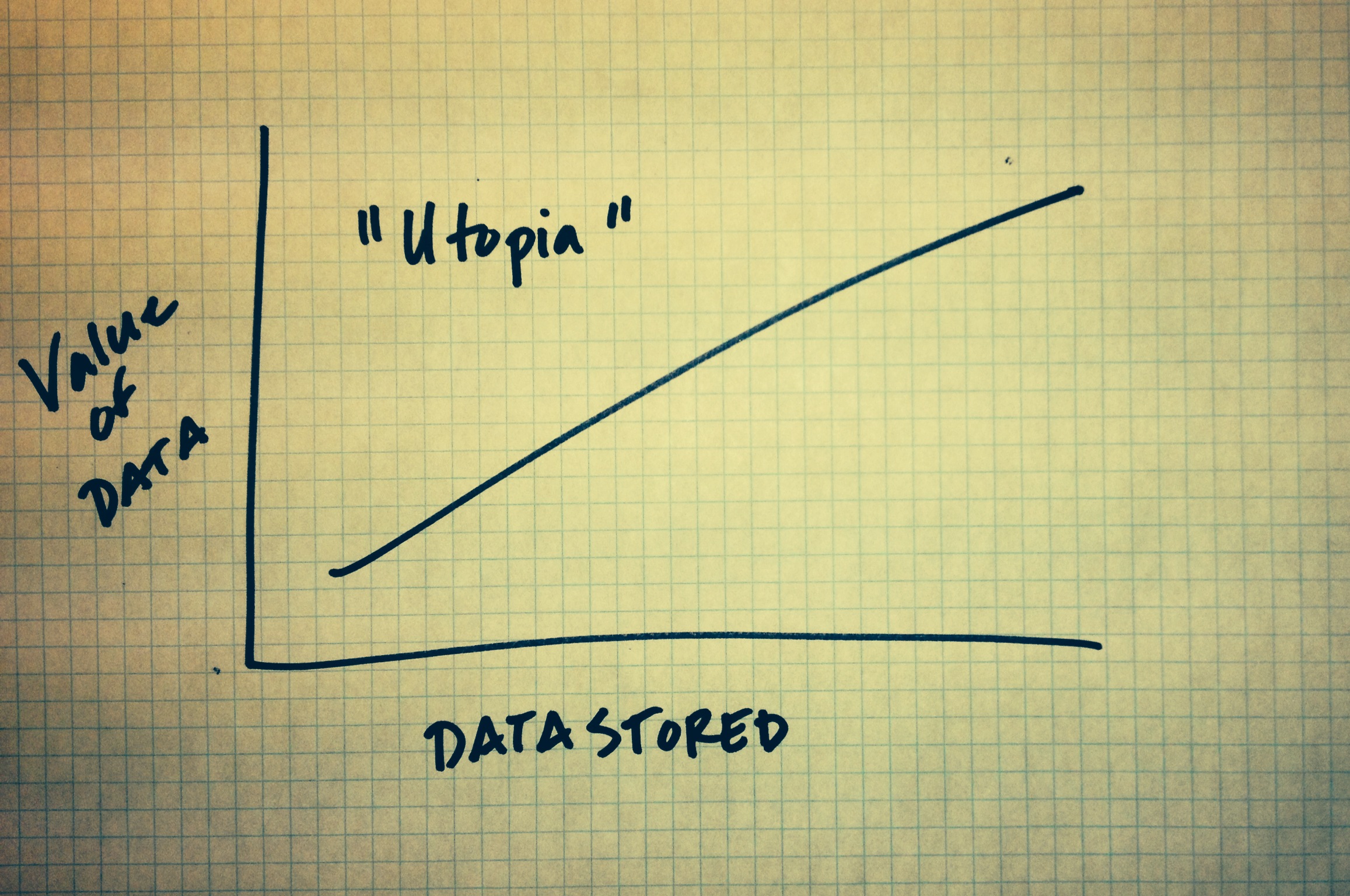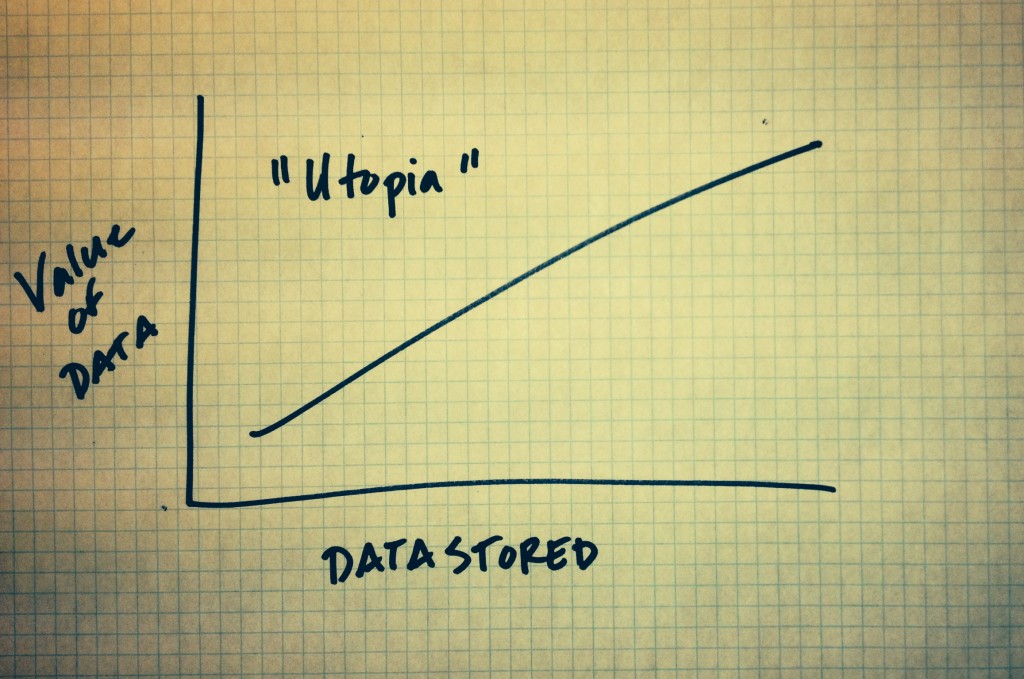.
Video surveillance is so much more than just a means to provide elevated levels of security. It benefits us in myriad endeavors from civil engineering and education to retail and marketing, to name a few. Whether it’s understanding traffic patterns to design a better highway or mass transit system, studying how students respond and interact with educators in the classroom, analyzing how shoppers move about a retail store to implement a better consumer experience or develop a more effective plan-o-gram for product displays and special offers, we’re just starting to scrape the surface of the value of learning from video not only for businesses, but for all of us as consumers, parents, and citizens.
“A city such as Beijing or London has about one million cameras deployed. Now consider that these cameras capture more in one hour than all the TV programs in the archives of the British Broadcasting Corporation (BBC) or China Central Television (CCTV). According to the International Data Corporation’s recent report, “The Digital Universe in 2020,” half of global big data — the valuable matter for analysis in the digital universe — was surveillance video in 2012, and the percentage is set to increase to 65 percent by 2015.”
When I read this statistic in an article that appeared on the IEEE site Computing Now, I about fell out of my chair. 65% of all data created in the digital universe will be video surveillance data in the next 2 years. That in an of itself is both astounding and exciting because, like any form of Big Data, challenges emerge for companies in terms of not only storing the data but gleaning value from it. Sure there are compression techniques that can shrink video to close to 3% of its original size, but as the article points out, surveillance storage demand is doubling every year, and compression technology advancements are having a hard time keeping up. This alone places a tremendous amount of pressure not only on security and IT architects, but the technology at the root of surveillance storage – the hard drive.
Now add this to the mix. “According to the IDC & EMC report on the Digital Universe, only 23 percent of the information in the digital universe would be useful for big data if it were tagged and analyzed yet only 3 percent of potentially useful data is tagged — and even less is currently being analyzed.” What happens when technology catches up and that 3% becomes 5%, or 10%? Once businesses can see the benefits of storing, tagging, and analyzing data in all forms – especially video – the more of it they will store and even archive for future reference. John Reese, CTO of EMC talked about this very thing…the more we glean from video data, the more storage we will actually need and want.
Last week, I talked about Seagate’s new Surveillance Solution Center and how Seagate Surveillance HDDs and the long-running SV35 hard drive, not to mention our enterprise HDDs and SSDs, will play a pivotal role in helping our partners design, build, market, and sell surveillance solutions. As a critical piece of the overall surveillance storage and analytics puzzle, we need to go beyond just thinking about how to deliver higher and higher capacities. Yes, the digital universe is only going to get bigger, but the challenge in front of Seagate and our partners is how to enable businesses to leverage the power of Big Data analytics to make it all worthwhile. Because, if you are not going to use it, then why store it?
Oops, was that my out loud voice?









Leave A Comment